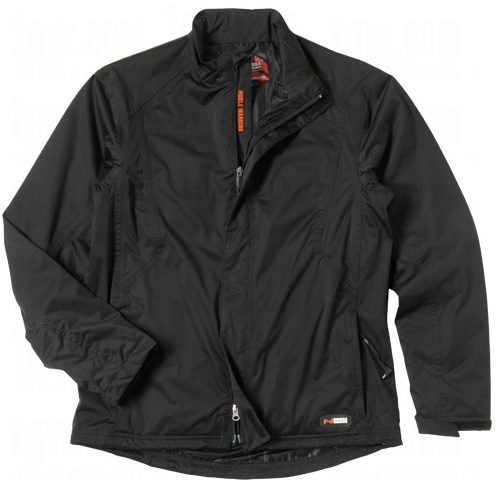As the temperature drops during winter or in chilly climates, heated clothing provides a practical solution to stay warm and comfortable while engaging in outdoor activities. These innovative garments come equipped with heating elements that generate warmth, enhancing our overall experience in cold environments.
However, it’s crucial to remember that safety should always be a top priority when using heated clothing. In this blog post, we will explore essential safety considerations to keep in mind while using heated clothing outdoors.
Choose Quality Products
When it comes to heated clothing, it’s vital to invest in high-quality products from reputable manufacturers. Poorly designed or low-quality heated clothing can pose safety risks, including overheating, electrical malfunctions, or even fire hazards. Look for trusted brands that prioritize safety and have a good track record in producing reliable heated garments.
Read and Follow the Instructions
Before using heated clothing, carefully read and understand the manufacturer’s instructions and safety guidelines. Each heated garment may have specific usage and care instructions that are crucial for its safe operation. Pay close attention to information regarding battery charging, heat settings, and any limitations or precautions provided by the manufacturer.
Inspect the Garments
Regularly inspect your heated clothing for any signs of wear and tear, damage, or frayed wires. Examine the heating elements, connectors, and cables to ensure they are in good condition. If you notice any issues, such as exposed wires or broken elements, discontinue use and seek professional assistance or contact the manufacturer for guidance on repairs or replacements.
Use the Right Batteries and Charger
Most heated clothing relies on rechargeable batteries to power the heating elements. Always use the batteries and chargers recommended by the manufacturer to avoid compatibility issues or potential damage to the garment. Do not attempt to modify or substitute batteries with ones that are not approved for use with the heated clothing.
Proper Battery Handling
Handle the batteries with care and follow the recommended guidelines for charging and storage. Overcharging or mishandling the batteries can lead to safety hazards, including battery leaks, explosions, or fires. Always use the charger provided with the heated clothing and avoid leaving batteries unattended while charging.
Layer Clothing Appropriately
Heated clothing is designed to provide warmth, but it’s important to layer your clothing appropriately. Avoid direct skin contact with the heating elements, especially if they become excessively hot. Use a base layer underneath the heated garment to act as a barrier and prevent any discomfort or potential burns.
Monitor Heat Levels
Pay attention to the heat settings and adjust them according to your comfort and the external temperature. Excessive heat can cause discomfort, skin irritation, or burns. Start with a lower setting and gradually increase it until you reach a comfortable level. If you experience any discomfort, immediately lower the heat or switch off the garment.
Avoid Moisture and Water Exposure
Heated clothing is typically water-resistant, but it’s important to avoid exposing it to excessive moisture or submerging it in water. Moisture can damage the heating elements or compromise the electrical components, leading to malfunction or potential safety hazards. Follow the manufacturer’s guidelines for cleaning and drying the garment.
Be Mindful of Personal Limitations
While heated clothing can be an excellent tool for staying warm outdoors, it’s essential to recognize your personal limitations. Heated clothing should not be used as a substitute for adequate protection against extreme cold temperatures. If the weather conditions become too severe or dangerous, prioritize your safety and consider seeking shelter or using alternative methods to stay warm.
Conclusion
Heated clothing provides a convenient way to combat the cold and enjoy outdoor activities comfortably. However, it is crucial to prioritize safety when using these garments. By choosing quality products, following manufacturer instructions, inspecting and maintaining your heated clothing, using the appropriate batteries and chargers, layering clothing appropriately, monitoring heat levels, avoiding moisture and water exposure, and being mindful of personal limitations, you can ensure a safe and enjoyable experience.
Remember, safety should always be your top concern when using heated clothing outdoors. By following these safety considerations, you can maximize the benefits of heated clothing while minimizing the risks associated with their use. Stay warm, stay safe, and enjoy your outdoor adventures!

For over 12 years, I have been testing and reviewing heating technologies that overcome cold weather conditions. In recent years, I have specialized in the heated apparel. I’ve made it my mission to educate people about heated clothing.
